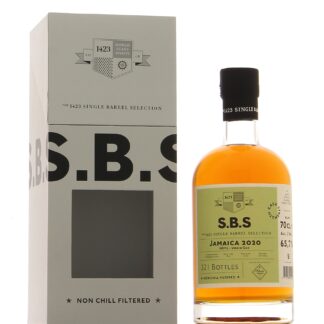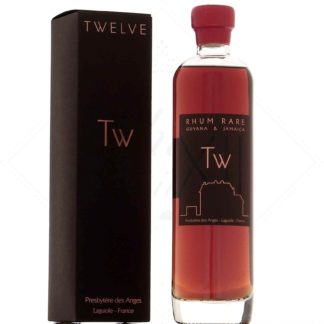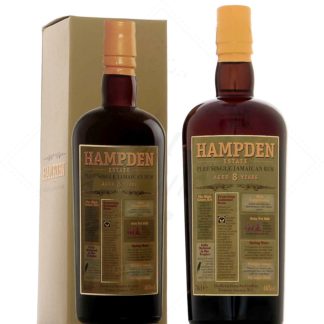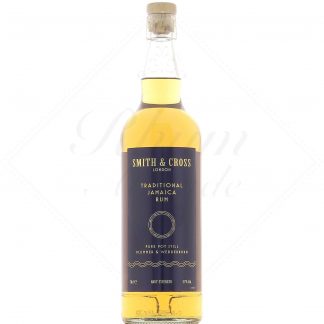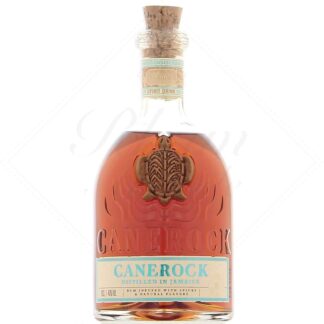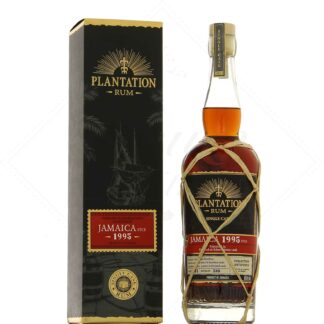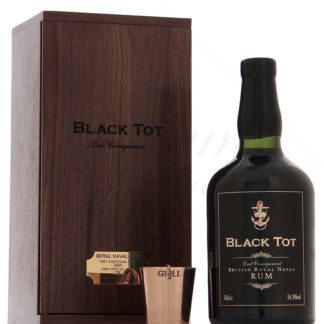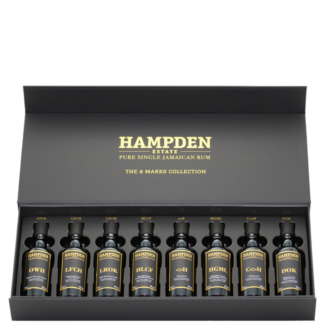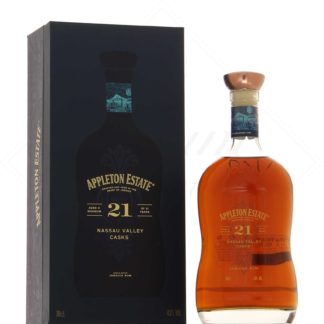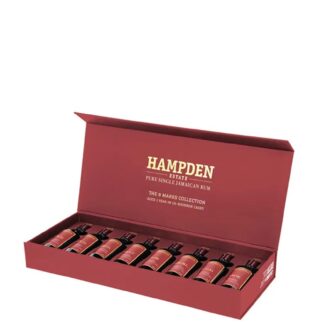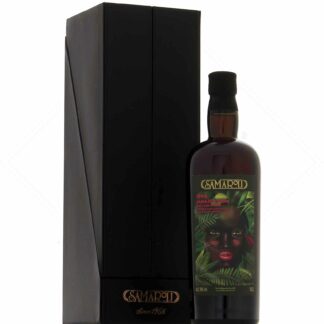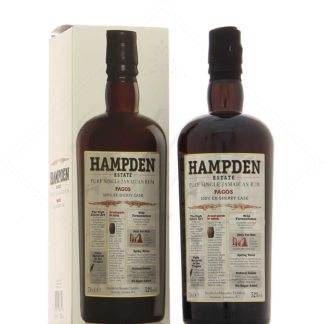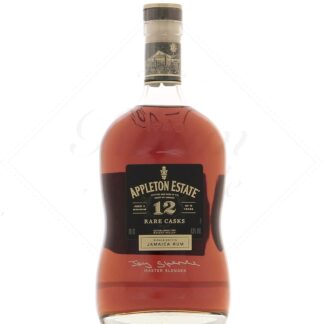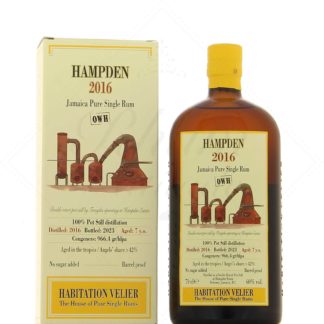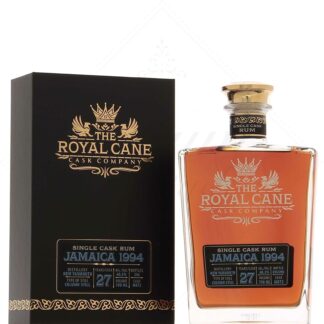Jamaica
The history of Jamaican rum
The origins
Jamaica is the third largest island in the Caribbean, and the largest of the former British possessions. "Discovered by Christopher Columbus in 1494, it was first settled by the Spanish in 1509. It was the English who marked the beginning of thesugar industry on the island, when they conquered it in 1655. It was these same Englishmen who also defined the style of rum that would later be produced here. Endowed with unprecedented potential, Jamaica saw the establishment of 57 plantations as early as 1670, until the figure rose to 1061 in 1784!
By 1740, it was the world's largest producer of sugar and rum, and remained so until the end of the 18th century (thanks to Appleton and Worthy Park, among others). The abolition of slavery in 1834 naturally led to a slowdown in production. However, production was maintained with the arrival of workers from India and China.
The turn of the 20th century
The early 20th century was a very difficult period, due in part to the various sugar crises, but also to fierce competition from the rest of the Caribbean. 140 sugar mills remained in 1900, only 48 in 1922, 27 in 1943, and only 6 in 2009.
With sugar production closely linked to molasses production, Jamaica has always been a rum giant. It traditionally supplied European brokers and the major Caribbean blends. And it continues to do so today.
In 1890, rising customs duties led distillers to produce extremely concentrated rums, especially for their German customers. A category in its own right was born at this time, German Rum for Rumverschnitt, a drink made from Jamaican rum and neutral alcohol. The Hampden distillery, for example, distinguished itself in this specialization.
By the early 20th century, Martinique and Guyana had overtaken Jamaica. But the distilleries maintained their methods and know-how without giving in to the siren calls of rationalization.
In 1932, due to profitability problems, a reduction in production was imposed by the government. A kind of state cooperative was created. All rum was then aged for 3 years in large cellars, to be exported mainly to Great Britain.
Modernity
After the Second World War, several distilleries were taken over by groups. Owners of major brands such as Myers's and Captain Morgan controlled their supplies. This was the case with Long Pond, for example.
In 1983, 6 distilleries were still active (Innswood, Long Pond, Hampden, Clarendon, New Yarmouth and Appleton). There are just as many today, because although Innswood has closed, Worthy Park reopened in 2005 after closing in 1962.
While Jamaica has always been a bulk supplier, today there are more and more distillery brands. It took several centuries for the island to make the most of its unique know-how.
Rum in Jamaica
The geography of Jamaican distilleries is as follows: Appleton and Worthy Park in the center of the country (Nassau and Lluidas Vale), Clarendon in the south (near the New Yarmouth plant), then Long Pond and Hampden in the north (Trelawny).
Here, almost exclusively overproof white rum is consumed. This tradition dates back to the early days of rum, with the famous John Crow Batty. This rum was collected as it left the stills and smuggled out of the distilleries, before being sold as is. Of course, this was without reduction, and without even bothering to remove the distillation heads and tails. It was consumed in the island's many rum bars and was used for just about everything. It was said to have medicinal, invigorating and even aphrodisiac properties.
Jamaicans still have a taste for these rough white rums. But today's overproof rums are much healthier and more controlled. The symbol of this category is Wray & Nephew Overproof. It still reigns supreme, even if Worthy Park, Hampden and Monymusk have launched themselves as challengers. Rum Bar, Rum Fire and Monymusk Overproof are real little pieces of Jamaica.
Old rum is mainly sold in bulk abroad. It is characterized by heavy, highly concentrated rums, most of them distilled in pot-stills. Often referred to as "stinky rum" or "hogo". (which comes from "haut goût" in French, perhaps an equivalent of "grand arôme"?)
Until very recently, Appleton was the only brand of aged rum recognized on the island and abroad. Distilleries are only just beginning to take back control of their production.Worthy Park and Hampden released their first official bottlings in 2017.
However, these rums are still mainly destined for the European and American markets. Only tourists and the more affluent consume them locally.
Jamaican rum is extremely popular in the cocktail world. Its explosive aromas are behind a host of Tiki culture classics.
A little technique
One of the distinctive features of Jamaican rums is their fermentation. Often spontaneous, with indigenous yeasts, it uses the famous dunder (vinasse), skimmings (from the cooking of cane juice to make sugar), and even vesou (pure cane juice). We should also mention muck. This compost of distillation residues, cane straw and fruit is the stuff of many fantasies. It is said that bats and other animal carcasses occasionally enrich the mixture.
Distillation is typically carried out in Caribbean double retort pot-stills, which are more efficient than the early double distillation stills. Some distilleries are also equipped with more modern distillation columns.
Jamaican rums have long been, and still are, made-to-order rums. Distilleries are able to produce rums of different concentrations according to their customers' wishes. A classification has been established by English merchants:
Common Clean: 80 - 150 g/hlap esters. The oldest, lightest style, easily produced in large quantities.
Plummer: 150 - 200 g/hlap in esters: Called "medium body", this is a well-balanced rum that is beginning to have more body.
Wedderburn: + 200 g/hlap in esters. We're entering the category of traditional rums that are a little heavier, with more distinctive aromas.
Continental Flavoured / High Ester: 500 - 1700 g/hlap esters. These are the most concentrated rums, with extreme aromas. They are used in small quantities in a multitude of blends to enhance their profile.
Within this generic classification, each distillery then develops its own "marks". Habitation Velier offers bottlings of different marks from Jamaican distilleries. A didactic and gourmet exercise!
Jamaica's distilleries
Clarendon
Established in 1949, it is equipped with large pot-stills and a large multi-column structure. A very large producer, it sells most of its rum in bulk, and works for major brands such as Captain Morgan.
It has 100 fermentation tanks, which gives an idea of its capacity. For heavy rums, molasses ferments for 14 to 30 days in wooden vats, using crushed cane, cane juice and water, but without dunder. For light rums, fermentation takes place in stainless steel tanks for 24 to 30 hours.
Their first official bottling only saw the light of day in 2012 with the Monymusk brand. Compagnie des Indes was the first to offer us a few single casks featuring the Clarendon name.
Hampden
The sugar estate has been in existence since 1684, and uninterrupted rum production dates back to 1753. Privatized since 2009, it released its first official bottling in 2011 (Rum Fire Overproof).
This ultra-traditional distillery produces rums as it did in the 18th century. Fermentation takes place in wooden vats, using molasses, cane juice, dunder, muck, fruit, cane vinegar and indigenous yeasts.
She uses only Forsyths and Vendôme pot-stills.
Habitation Velier has detailed the extent of its production with "single marks" bottlings. It has long been present with independent bottlers, and has offered a range of official bottlings since 2018(46% and Overproof).
Long Pond
Twinned with a large sugar mill, the distillery has been in operation since theearly 18th century.Bought by Seagram in 1953 to produce Captain Morgan, it was nationalized in 1980, then privatized again in 1993. Today, it belongs to National Rums of Jamaica (like Long Pond), an entity managed by Ferrand (Plantation), Demerara Distillers Limited (El Dorado) and the Jamaican government.
It offers a multitude of different profiles (marks), from the lightest to the heaviest. Distillation takes place in 5 Vendôme pot-stills, all different because they have been modified over the years.
The distillery has no brand of its own, and so sells its rum only in bulk. There are manyindependent bottlings. The distillery's rums are also present in a large number of blends, such as Xaymaca.
Worthy Park
With a large sugar estate dating back to 1670, but above all a distillery founded in 1710, it is the island's oldest rum producer. The distillery suffered from the post-World War II consolidation measures. By 1950, it was producing almost no rum, leading to its closure in 1962. Fortunately, it reopened in 2005 and immediately set about conquering the local market with its Rum Bar Overproof (2007), followed by Rum Bar Gold (2010).
No dunder is used for fermentation, but yeasts grown on site are used, sometimes for very long periods. The distillery has a single 18,000-liter pot-still and produces just 3 marks (light, medium and heavy).
With a strong presence at independent bottlers such as Silver Seal, Kill Devil and L' Esprit among others, Worthy Park has also been offering aged rums under its own brand since 2017. The Single Estate Reserve is a pure example of the distillery's style.
Appleton / Wray & Nephew
The distillery has been in operation since 1749, but it was John Wray (a merchant and fine blender) who really began to popularize it, developing the Wray brand as early as 1825. At a time when all other distilleries were selling only in bulk, Wray was the biggest local and international seller, old rums included. It's this long history that gives the distillery its legitimacy and status today.
The production process remains fairly secretive; all we know is thatAppleton uses proprietary yeasts, as well as a combination of pot-stills and columns.
Today, the brand of aged rums is called Appleton Estate, with the essential Rare Blend and the sublime 21 ans. White rums are still called Wray & Nephew (distilled at New Yarmouth, the star of independent bottlers such as La Compagnie des Indes and S.B.S.).
Since 1997, the famous Joy Spence has been the master blender, in charge of one of the largest stocks of old rums in the Caribbean. Read less
